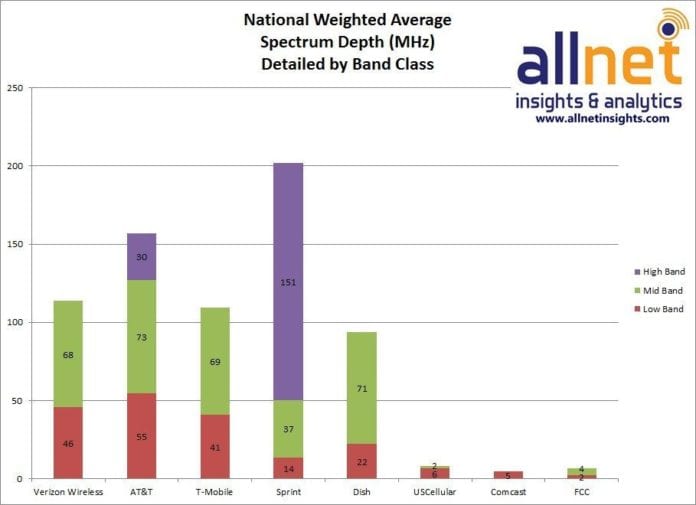Toronto-based BehrTech, licensee of the new MIOTY low-power wide-area (LPWA) technology, has come out swinging, it says, both as it gathers business from incumbent LPWA rivals and as it sets itself for a full tilt at the IoT connectivity market in 2020.
The firm has opened an office in Asia Pacific a year ahead of schedule, to go with its head office in Toronto and its tech headquarters in Nuremberg, in Germany, across the way from the Fraunhofer Institute for Integrate Circuits (IIS), which first developed the telegram splitting technology the MIOTY standard is based on.
BehrTech is recruiting up to 10 staff for the new office to take its total headcount to around 25. (The location of the site is known, its says, but has not yet been revealed.) The Asia-Pacific opening will be followed quickly by sales offices across the globe, as it seeks to ramp up training of system integrators and resellers, and start its assault-proper on the industrial IoT market in 2020.
The company has so far announced partnerships with distributor Advantech and industrial consultancy Hitachi Solutions America. It has a key tie-up with Microsoft Azure, as well; MIOTY is the sole LPWA technology to appear consistently on the Azure conference circuit during the past six months, and is being offered with out-of-the-box integration with Microsoft’s Azure cloud services.
In interview with Enterprise IoT Insights, Albert Behr, the company’s chief executive and founder, said the business has been swamped since launching the MIOTY technology this summer, along with its burgeoning MYTHINGS-branded family of MIOTY-based sensors and management tools.
Behr said: “We are getting dragged into deal after deal, partner after partner. We are opening Asia Pacific a year earlier than planned because people want an alternative. We are doing almost zero outbound [sales]. We really are. And the people approaching us are not Johnny-Come-Latelys. They know what they’re talking about, and they want a different option.”
Despite an apparent surfeit of LPWA options, customers and partners in the IoT space want something else, he suggested, which offers higher-grade reliability and assurances that go with standardised technology. MIOTY is the “first and only” technology to comply with the new TS-UNB specification, written by the Fraunhofer IIS, from the European Telecommunications Standards Institute (ETSI).
The core technology – telegram-splitting over ultra-narrowband (TS-UNB) – is presented by its licensee and author as a low-throughput tech for “last mile” industrial communications, and goes up against the likes of LoRaWAN, Sigfox, and NB-IoT, variously pushed by their backers as springboards for industrial IoT.
Behr said MIOTY / TS-UNB, as a standardised technology, will emerge triumphant as the dominant technology in the industrial IoT space because it guarantees the longevity of both customers’ solutions and investments. It also offers better performance than rival technologies in terms of reliability, and therefore scalability.
He commented: “This is going to be a two-horse race. There is always an A and a B, for anything that comes to market. Very rarely do you find a monopolistic environment. For every Coke, there’s a Pepsi; for every McDonald’s, there’s a Burger King. And if you look at wireless IoT today, LoRaWAN has really been the only game in town, until now. Sigfox has fallen away; Ingenu has fallen away. NB-IoT has limitations – the telco carrier guys have their own problems, both at a technical level and with the business model.”
But he suggested, despite the continued success of LoRaWAN, and even despite the novelty of its own technology, the Coke-Pepsi analogy will split at the low and high-ends of the enterprise IoT market, with the former clearing up in “makerish environments” and the latter establishing itself as the go-to technology for the industrial space.
He said: “If you’re looking at small environments, with 10-20 sensors, something like that, then LoRaWAN can be a completely reasonable solution. But if you’re getting into more sophisticated environments – into these production-level environments, where you’re dealing with lots of sensors, where the whole idea actually is to have lots of sensors – then you’re going to have problems [with LoRaWAN].”
Note, this is an excerpt from a longer interview, which will be published next week.

